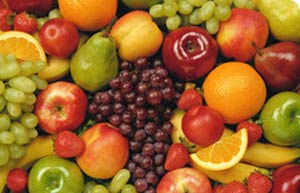Cashew Nut

Cashew Nut
Also known as cajueiro, cashu, casho, acajuiba, caju, acajou, acaju, acajaiba, alcayoiba, anacarde, anacardier, anacardo, cacajuil, cajou, jocote maranon, maranon, merey, noix d’acajou, pomme cajou and pomme. In Malaysia they been called gajus, jambu, jambu golok, jambu mete, jambu monyet or jambu terung Its from the family of Anacardiaceae.
Cashew is a multipurpose tree grows up to 15 m high. It has a thick and tortuous trunk with branches so winding that they frequently reach the ground. Cashew trees are often found growing wild on the drier sandy soils. The cashew tree produces many resources and products. The bark and leaves of the tree are used medicinally, and the cashew nut has international appeal and market value as a food. Even the shell oil around the nut is used medicinally and has industrial applications in the plastics and resin industries for its phenol content. Then, there is the pseudo-fruit-a swollen peduncle that grows behind the real fruit that yields the cashew nut. The pseudo-fruit, a large pulpy and juicy part, has a fine sweet flavor and is commonly referred to as the "cashew fruit" or the "cashew apple."
Cashew nut is defined botanically as the fruit. It grows externally in its own kidney-shaped hard shell at the end of this pseudo-fruit, or peduncle. The nut kernel inside is covered with an inner shell, and between the two shells is a thick, caustic, and toxic oil called cardol. Cashew nuts must be cleaned to remove the cardol and then roasted or boiled to remove the toxins before they can be eaten.



No comments:
Post a Comment